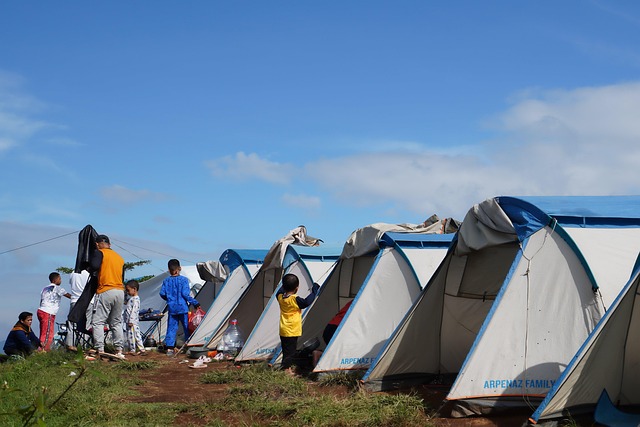Mastering Light: Exploring Photo Camp Techniques for Optimal Photography
As photographers, we often find ourselves on a never-ending quest for the perfect light. Whether you’re a beginner or a seasoned pro, the nuances of lighting can significantly impact the appeal of your photos. This is where a Photo Camp can work wonders. These immersive experiences not only enhance your skills but also deepen your understanding of how light interacts with your camera and optics.
The Essentials of Photography
At its core, photography is about capturing moments in time, and light is the brush with which we paint our images. During a typical Photo Camp, participants are given the opportunity to work hands-on with their cameras, exploring different lighting techniques in various environments. This live experimentation fosters a greater understanding of how light can dramatically alter the mood and texture of a photograph.
Understanding Your Camera’s Exposure Settings
One of the most crucial aspects taught in Photo Camp is mastering your camera’s exposure settings: aperture, shutter speed, and ISO. Each of these elements plays a role in how light is captured. A wide aperture allows more light to enter, creating a beautiful bokeh effect, while a fast shutter speed can freeze a moment in bright conditions. Learning to balance these settings is essential for optimal photography.
Playing with Natural Light
Natural light can be both your best friend and your worst enemy. At Photo Camp, photographers learn to harness the beauty of golden hour sunlight, use diffusers to soften harsh lighting, and capture shadows creatively. It’s not just about controlling the light—it’s about understanding how it interacts with the subject and environment. Knowledge gained here can radically transform your approach to shooting outdoors.
Introducing Artificial Light
While natural light offers its unique challenges and rewards, artificial light provides an entirely different palette. At Photo Camp, you might delve into the world of flash photography, learn to position softboxes, or even experiment with reflectors. These techniques can help you create captivating images in low-light situations or when the sun isn’t cooperating. Understanding optics in relation to artificial light will expand your creative horizons.
The Impact of Post-Processing
No discussion about lighting in photography is complete without addressing post-processing. After the capture, techniques like adjusting exposure, contrast, and brightness can breathe new life into your images. Many attendees at Photo Camp find that the relationship between shooting in the right light and editing goes hand-in-hand, enabling them to produce stunning final products.
Sharing and Learning from Others
One of the most enriching aspects of attending a Photo Camp is connecting with fellow enthusiasts. Engaging with a community of like-minded photographers allows you to share insights, critique one another’s work, and discover new techniques. Every individual brings a unique perspective on light, which can inspire your own creativity.
Ultimately, mastering light is about more than technical skills—it’s about seeing the world through a lens that appreciates the play of shadows and highlights. Whether you’re capturing spontaneous moments or carefully composed scenes, the lighting techniques learned at Photo Camp will stay with you long after the camera is put away. Embrace the transformative power of light, and watch your photography flourish.




